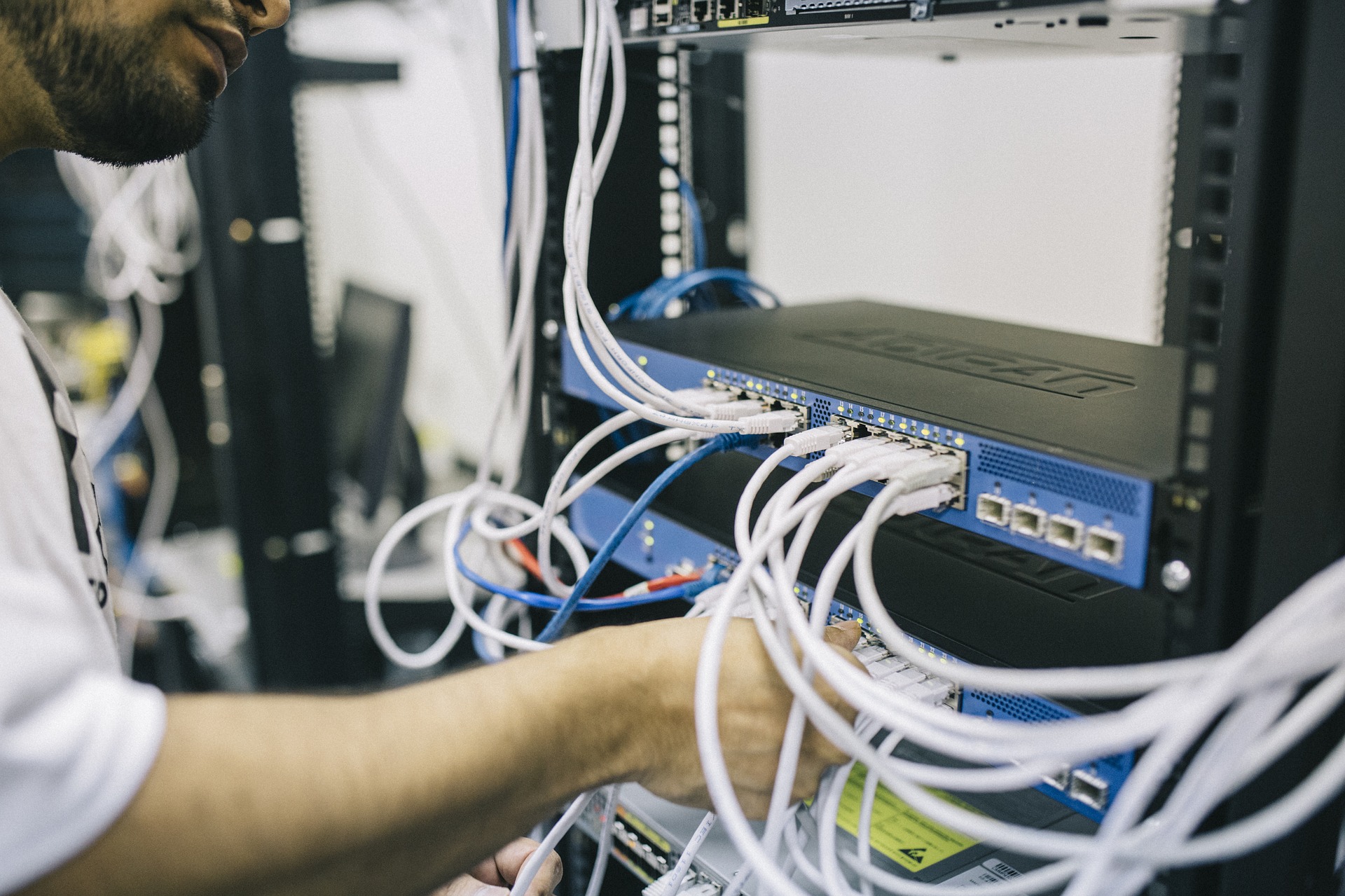Are you interested in operating systems and computer networking? If so, you may be interested in becoming a network engineer. CyberTex offers a Network Engineer program that will prepare you for a career in information technology. This article will review operating systems and what you will learn about during the Network Engineer program. So, what is an operating system?
What are Operating Systems?
The operating system manages memory, computer processes, hardware, and software. It also accesses the central processing unit (CPU), memory, and storage. Operating systems use graphical user interfaces (GUIs) that let you click icons, buttons, and menus that are displayed on the monitor in graphics and text.
Central Processing Unit (CPU) – electronic circuitry, the control center that runs a computer’s operating system and apps.
Memory – a location in the computer that holds instructions and data for quick retrieval. Memory is used to store data and programs temporarily and permanently when using a computer.
Computer Storage – the methods and technology that capture and manage digital information.
Graphical User Interface (GUI) – allows a user to interact with devices through icons, buttons, and menus.
What is Windows OS?
Windows is an operating system created by Microsoft that is preloaded on most new personal computers (PCs). It completes the computer’s everyday tasks, such as browsing the Internet, checking email, editing photos, listening to music, and playing games. Windows can also run a suite of software called Microsoft Office.
Word – a word processing program that allows users to create documents, including letters, memos, reports, research projects, books, and periodicals. It will enable the user to cut, copy, and paste, format color, font type, and size, add headers and footers, format pages, and perform grammar and spelling checks.
Excel – a spreadsheet program that allows the user to format, organize, and calculate data in a spreadsheet. It helps the user to perform basic calculations, manage, manipulate, analyze, and visualize data, use graphical tools, and create pivot tables and macros to increase business efficiency.
PowerPoint – presentation software to add text, images, graphs, tables, charts, media clips, and videos. This software includes templates and professional designs from PowerPoint Designer. Users can animate presentations with transitions, animations, and cinematic motion.
Access – database management software that helps keep data organized, easy to search, and accessible for multiple users. It allows the user to store information for reference, report, and analysis. It offers a user-friendly interface for creating and managing databases.
Outlook – email organization software with access to calendar management and meeting scheduling. Users can send and receive email messages, manage the calendar, store names and numbers for contacts, and track tasks.
What is iOS?
iOS is an operating system used in mobile devices like iPhone and iPad. The software controls the device’s functions and provides a platform to run apps. It helps you make phone calls, send text messages, browse the Internet, and take photos and videos.
The iOS operating system takes control and starts up the device. Then, it displays the app icons installed on the device. The operating system manages the device’s resources, such as memory, storage, hardware, camera, and touch screen. It has built-in apps to browse the web, view email, and get driving directions.
What is MacOS?
While iOS is used on mobile devices like iPhones, MacOS manages operations on Apple desktops and laptops. MacOS is designed for keyboard and mouse inputs. The main competition to MacOS is Windows OS. MacOS allows users to browse the Internet, check email, edit digital photos, listen to music, and play games. It was developed using C, C++, Objective-C, assembly language, and Swift.
What is Linux OS?
Linux is an open-source operating system for many devices and electronics on the Internet of Things (IoT). For example, Linux OS powers Android. It also allows the hardware to communicate with the software on the device. The Linux operating system includes:
Bootloader – manages the computer’s boot process.
Kernel – the system’s core and manages the CPU, memory, and peripheral devices.
Init System – sub-system that bootstraps the user space and controls daemons.
Daemons – background services that start during boot or after logging in to the device.
Graphical Server – the sub-system that displays the graphics on the monitor.
Desktop Environment – the desktop environment that the user interacts with.
Final Thoughts
Now that you know more about operating systems, it is time to learn about CyberTex’s Network Engineer program. If you have 45 weeks to complete the Network Engineer program, you will be ready to take 14 certification exams from Microsoft Azure, AWS, CompTIA, and Microsoft. Once you complete the program and pass the certification exams, you will be ready to start a lifelong career as a network engineer. And CyberTex is here to help.
Want to Learn More?
IT careers have become essential not just in Austin but globally, and there is no better time to pick up than now. In 2021, Austin was ranked #1 in Best Tech City for IT jobs by CompTIA, and the demand is only growing.
Ready to start a rewarding and challenging career in IT as a network engineer? The Network Engineer Program at CyberTex prepares you for advanced computer networking and security jobs. You will learn the skills and abilities necessary to set up, install, configure, repair, and manage modern computer networks and their security.
Contact us today to learn more about our Network Engineer program.





